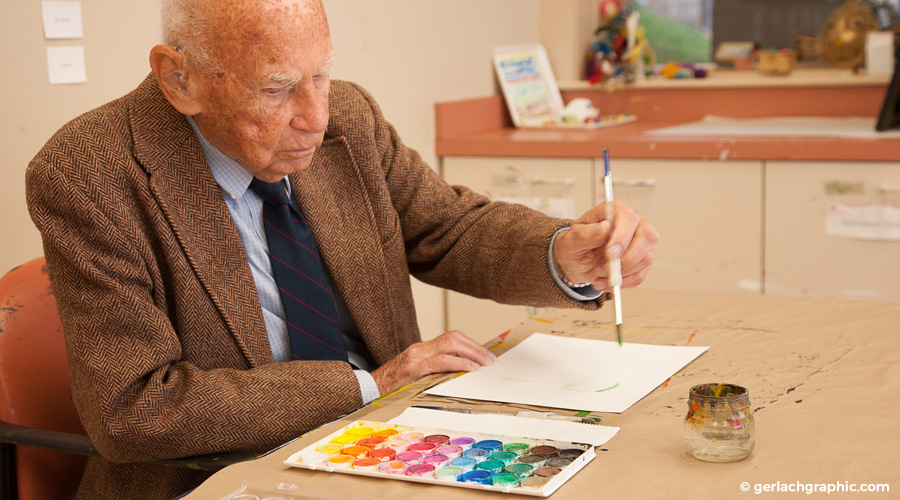The creative arts are highly valued because they are often visually and mentally stimulating and, for many, they capture the imagination; however, they may be used for more than just casual enjoyment. Therapists also use creativity, in the form of art and music therapy, for the professional treatment of certain disorders and health conditions. Other forms of creative arts therapy include dance, poetry and creative writing, photos, and bibliotherapy. The arts are used to successfully aid people of all ages with conditions that may include depression, Alzheimer's, cancer, pediatric trauma, autism, and even heart disease. It is used in schools, hospitals, wellness and senior centers, private practices, and other settings where counseling or medical care are provided.

Art therapy is a common form of creative therapy in which the therapist guides the patient in using visual art as a form of expression or communication. The patient creates using paints, pens, pencils, and many other types of materials to convey emotions that may be difficult or painful for them to put into words. This approach is often used to help treat trauma, addictions, grief, anxiety, and stress. Art therapy patients enjoy numerous benefits from their sessions, such as an improvement in mood, resolved conflicts, a sense of personal fulfillment, and improved self-observation skills. Other benefits include reduced stress, and it also may help patients better cope with pain.
With music therapy, music is used to improve the quality of a patient's life. With the assistance of a trained therapist, the patient is guided through a process that may involve simply listening to music or more active participation, such as singing, playing an instrument, or writing a song. Music therapy helps the patient with both motor and communication skills. It is typically used in the treatment of people with developmental or physical disabilities or sensory impairments. This form of creative expression also helps people with medical conditions such as cancer or brain injuries, and it is even sometimes useful for women in labor. Additional benefits that are associated with music therapy include the reduction of pain, loneliness, and stress as well as improved feelings of self-esteem.
Dance therapy is yet another therapeutic treatment that employs the creative arts. Dance therapy is a practice that uses movement to improve a person's emotional health, socialization skills, or physical abilities. It is used for the treatment of impairments that range from medical to psychological to social. This therapy involves the use of movements to non-verbally express oneself and improve one's health, mood, and body image while also reducing stress.
The dramatic arts offer an expressive therapeutic approach that allows the patient to use role-playing, scripts, or improvisations to express themselves, release emotions, or confront and work through difficult or sensitive events or feelings. Drama therapy can also help patients to understand certain situations and is useful for people who are dealing with depression, anxiety, post-traumatic stress, grief, or substance abuse.
The uses of books or poetry to express oneself and benefit from self-growth are called bibliotherapy and poetry therapy. With bibliotherapy, books are selected that will help the person who is being treated deal with situations or problems of a mental, physical, or social nature by teaching them coping skills or showing them that they are not alone in their struggles. It can be used to treat issues that include problems caused by disasters, health, loss, and relationships. Poetry therapy also uses literature as a part of the healing and growth process. It is a type of bibliotherapy that uses poems, journals, and even songs as forms of expression. People who undergo poetry therapy not only read but write down their thoughts in their journals or as poetry.